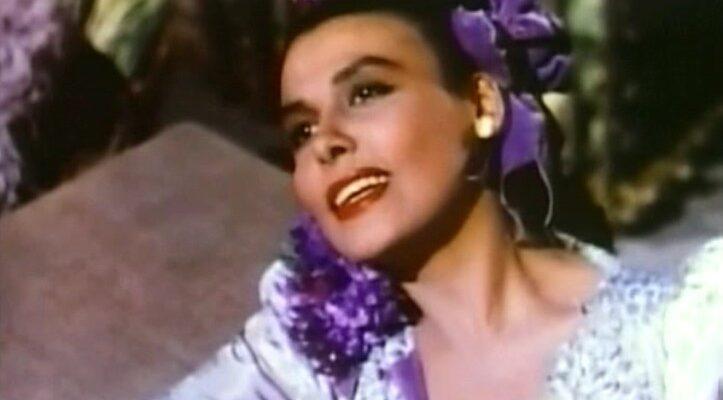The legendary singer/actress Lena Horne made history this week as the first Black woman to have a Broadway theater named in her honor.
In recognition of the famed performer and civil rights activist, on Tuesday (11.01) the Brooks Atkinson Theatre on West 47th Street in Manhattan’s Theater District, was renamed the Lena Horne Theatre. Built in 1926, it was originally known as the Mansfield Theatre before it was renamed for the notable New York Times drama critic Brooks Atkinson in 1960.
Born in Brooklyn in 1917, Lena Horne was a trailblazing singer, dancer, actor and civil rights activist. The daughter of a banker and an actor, Horne was of Black, European and Native American descent who dropped out of school at 16 to perform at the famed jazz venue the Cotton Club in order to pursue a career in the spotlight.
Horne made her Broadway debut in the 1934 production of “Dance With Your Gods” and made her first movie appearance at age 21 in the 1938 film “The Duke Is Tops.” Lena’s other noteworthy accomplishments include roles in the 1978 film “The Wiz,” which was inspired by “The Wizard of Oz” and featured an all-Black cast, including Michael Jackson and Diana Ross.
Horne also immersed herself in the music world, recording such classic hits as “Stormy Weather,” “At Long Last Love” and “Mad About the Boy.” She broke barriers by becoming the highest-paid Black entertainer at the height of her career in the early 1940s, and she graced the cover of multiple publications. She became an active member of the civil rights movement, filing lawsuits accusing multiple theaters and restaurants of discrimination and participating in several rallies, including the March on Washington in 1963.
Horne won several awards, including two Grammys, in 1982 and 1996, along with a Lifetime Achievement Award in 1989 and in 1965, she released a memoir titled “Lena.”
Keep up with the latest trending music news by following us on Facebook, Twitter, and Instagram
Author: Saul Goode


